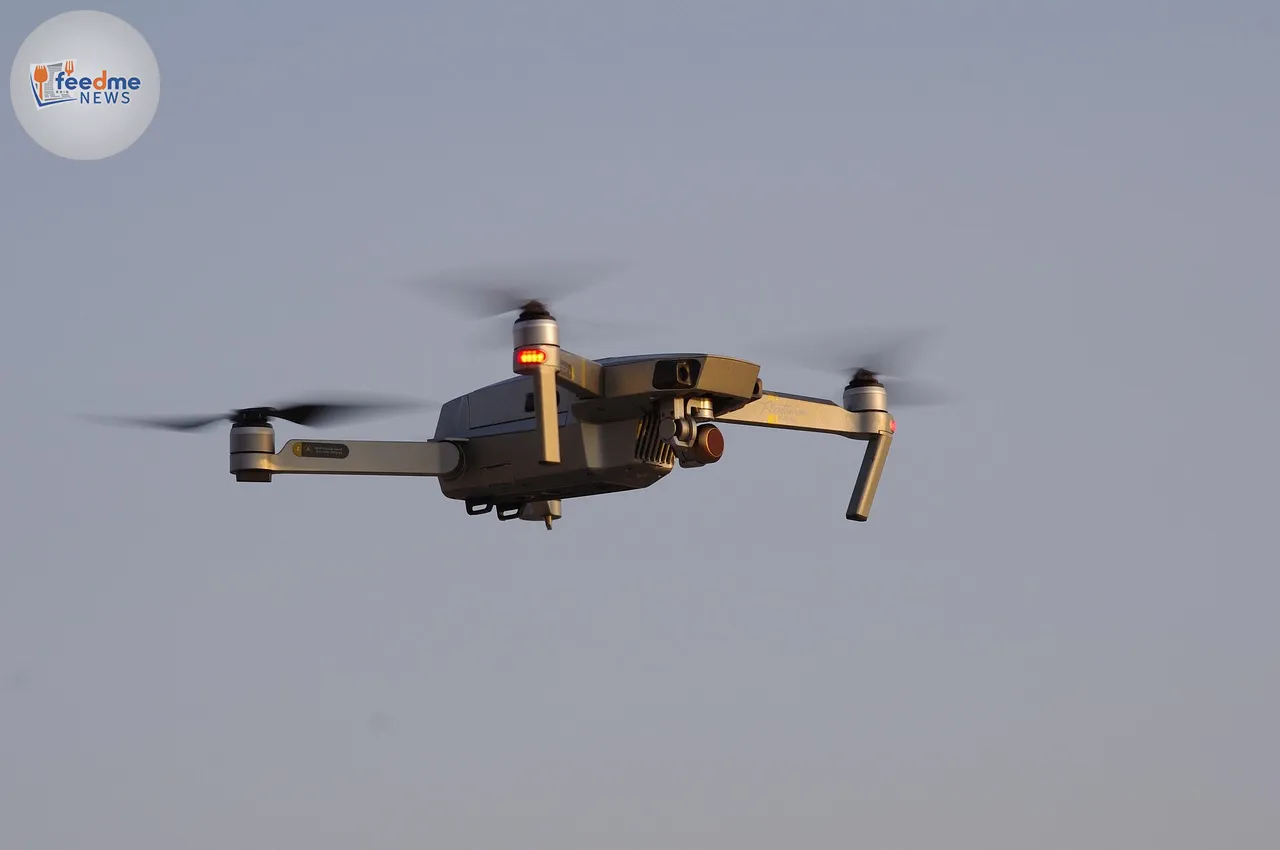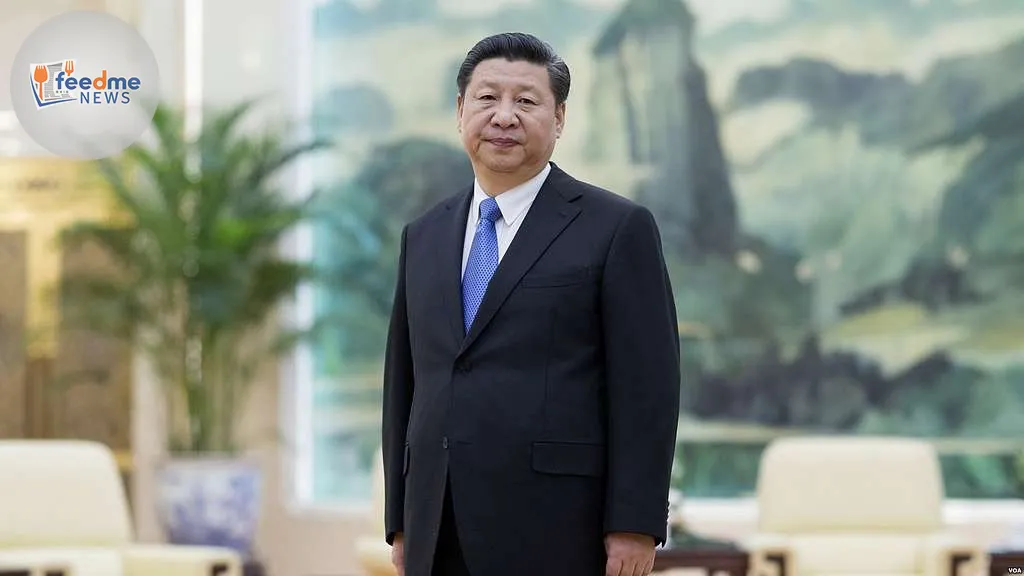Residents of Kramatorsk in eastern Ukraine are enduring a relentless onslaught of Russian military aggression, as advanced weaponry, including glide bombs and kamikaze drones, threaten their daily lives. Nataliya Petrovna, a local resident, described the harrowing experience of hearing drones buzzing overhead, with one recently exploding near a school. The escalation in attacks has left the community grappling with damaged infrastructure and a pervasive sense of fear.
The conflict in the Donetsk region has reached a critical point, with Russian forces intensifying their bombardment. This surge in military activity is believed to be part of a broader strategy by Russian President Vladimir Putin, who may seek to use the heightened aggression as leverage in future negotiations with international leaders, including former U.S. President Donald Trump.

Intensified Attacks in Donetsk Region
The recent escalation in the Donetsk region, particularly in the city of Kramatorsk, has been marked by the use of sophisticated weaponry. The area, located roughly 15 miles from the frontline, has become a focal point for Russian military operations. Residents like Petrovna have witnessed an increase in attacks involving glide bombs, Grad rockets, and kamikaze drones, which now dominate the skies.
These weapons, combined with the psychological impact of constant aerial threats, have created a dire situation for civilians. Many have taken to fortifying their homes with plywood and other materials to protect against the relentless bombardment. The situation highlights the growing complexity of modern warfare, where traditional battle lines are blurred by the use of unmanned aerial vehicles and precision-guided munitions.
The Role of Technology in Modern Warfare
The use of advanced technology in warfare is becoming increasingly prominent, with Russian forces employing a range of unmanned aerial systems to conduct operations in eastern Ukraine. The deployment of first-person view (FPV) drones, alongside Shahed-type drones, has allowed Russian forces to target Ukrainian positions with increased precision and lethality.
Military analysts suggest that these technological advancements have shifted the dynamics of the conflict, providing Russian forces with a significant tactical advantage. The ability to launch attacks from a distance, combined with the psychological impact of constant aerial surveillance, has made it challenging for Ukrainian forces to mount an effective defence. This technological edge underscores the importance of continued investment in counter-drone capabilities and advanced defence systems.
The Human Impact of Escalating Conflict
The human toll of the conflict in eastern Ukraine is becoming increasingly apparent. As the violence escalates, communities like Kramatorsk are left to deal with the aftermath of constant attacks. The destruction of infrastructure, including residential buildings and schools, has disrupted daily life and forced many to seek shelter.
Local authorities and humanitarian organisations are working tirelessly to provide relief to affected residents, but the scale of the crisis presents significant challenges. The ongoing conflict has also exacerbated existing economic hardships, with many residents struggling to access basic necessities. The situation highlights the urgent need for a diplomatic resolution to the conflict, which continues to inflict suffering on innocent civilians.
International Implications and Diplomatic Efforts
The intensification of Russian military activities in eastern Ukraine has significant international implications, particularly in the context of potential diplomatic negotiations. Analysts speculate that Putin’s strategy may involve using the heightened aggression as a bargaining chip in talks with international leaders, including former U.S. President Donald Trump.
The potential for renewed negotiations underscores the importance of a coordinated international response to the conflict. Western nations have expressed concern over the escalation and are calling for increased diplomatic efforts to de-escalate tensions and find a peaceful resolution. The situation serves as a stark reminder of the fragility of international peace and the need for continued vigilance in addressing global security challenges.
As the conflict in eastern Ukraine continues to evolve, the international community remains focused on finding a path to peace. The ongoing violence and suffering underscore the urgent need for a diplomatic solution that addresses the underlying causes of the conflict and provides relief to affected communities. The future of the region hangs in the balance, with the actions of global leaders playing a crucial role in shaping the outcome.
In the meantime, residents of Kramatorsk and other affected areas are left to navigate the harsh realities of war, with the hope that peace will eventually prevail. The resilience of these communities serves as a testament to the human spirit and the enduring desire for a better future, even in the face of adversity.





